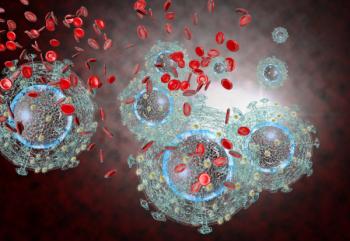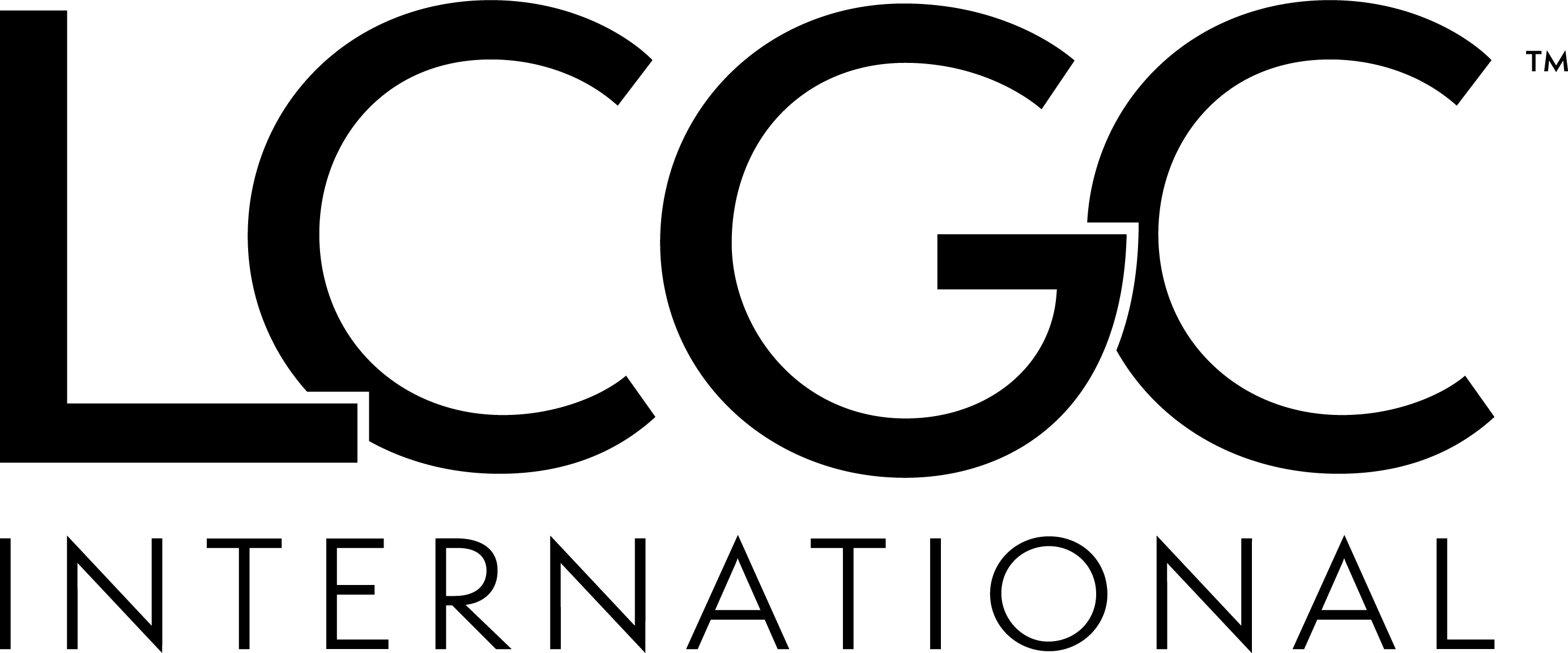
PharmaVigilant Enhances eTMF System Functionality
I-Vault 2.5 allows each sponsor to determine which trial documents they wish to collect and how they would like them organized.
“Sponsors need to convert their trial master files yesterday, so the need for robust, full-function products that can scale globally are in demand in the market. PharmaVigilant is committed to aggressive investments in our technology, and as a result we are widening the gap between ours and our competitors’ offerings,” said James DeSanti, founder and CEO of PharmaVigilant.
The newest version of I-Vault 2.5 includes key features such as:
· Enhanced e-mail notifications – allows trial sponsors to subscribe all users of a certain role to a notification.
· Enhanced document tracking capabilities – automatically send e-mails to designated users when an action has occurred on the select document they are tracking.
· Improved reporting functionality – users can view their documents in charts broken down by status, site or type, improving transparency and organization of files.
· Separated signed and approval status – provides increased visibility for users.
Newsletter
Stay current in clinical research with Applied Clinical Trials, providing expert insights, regulatory updates, and practical strategies for successful clinical trial design and execution.





.png)



.png)



.png)
.png)
